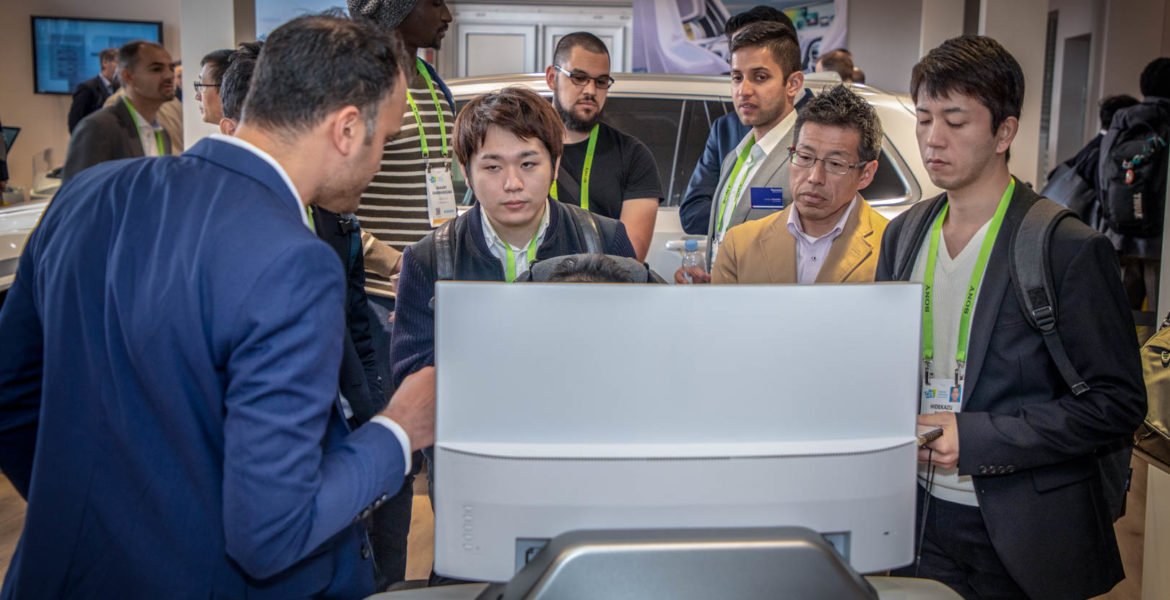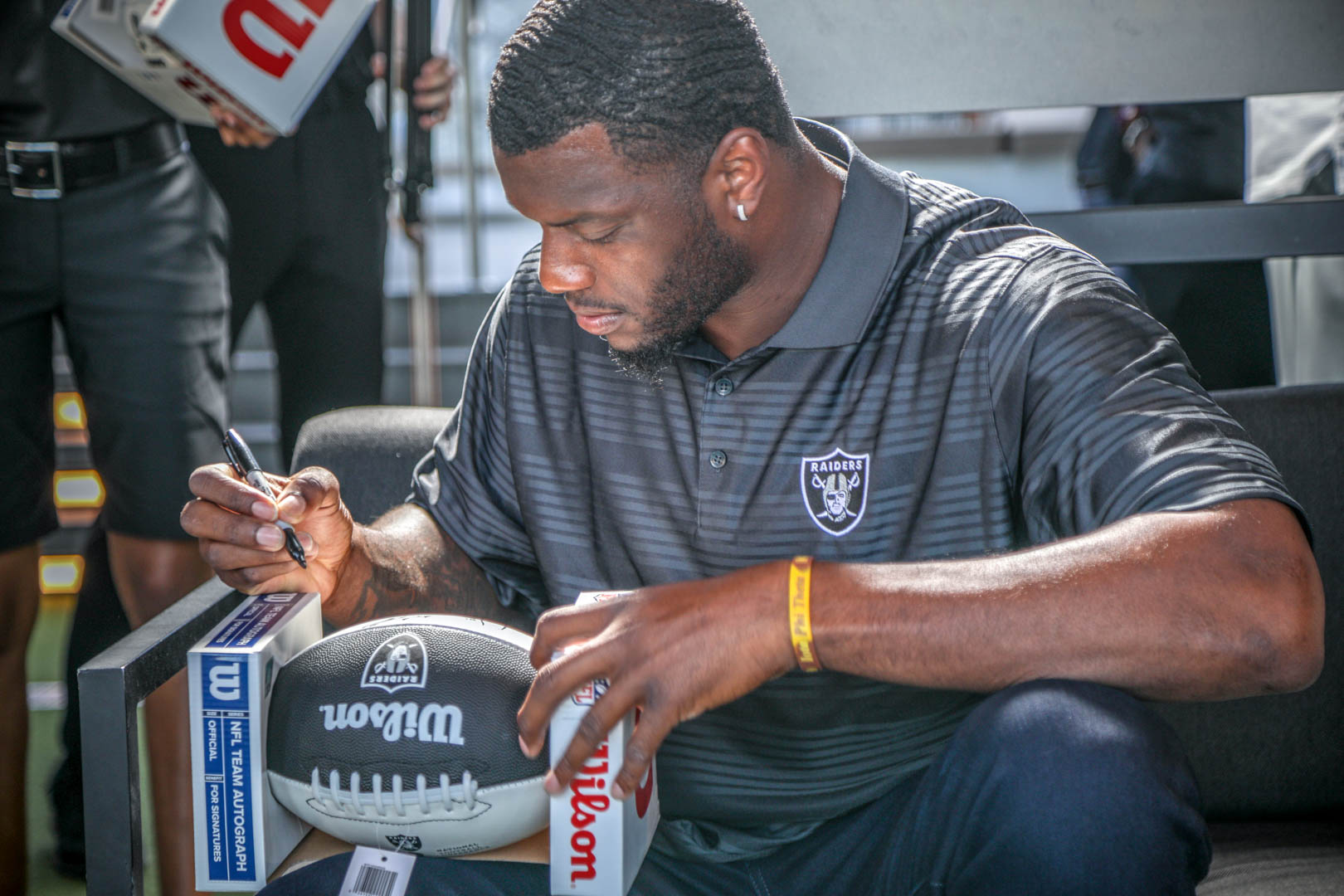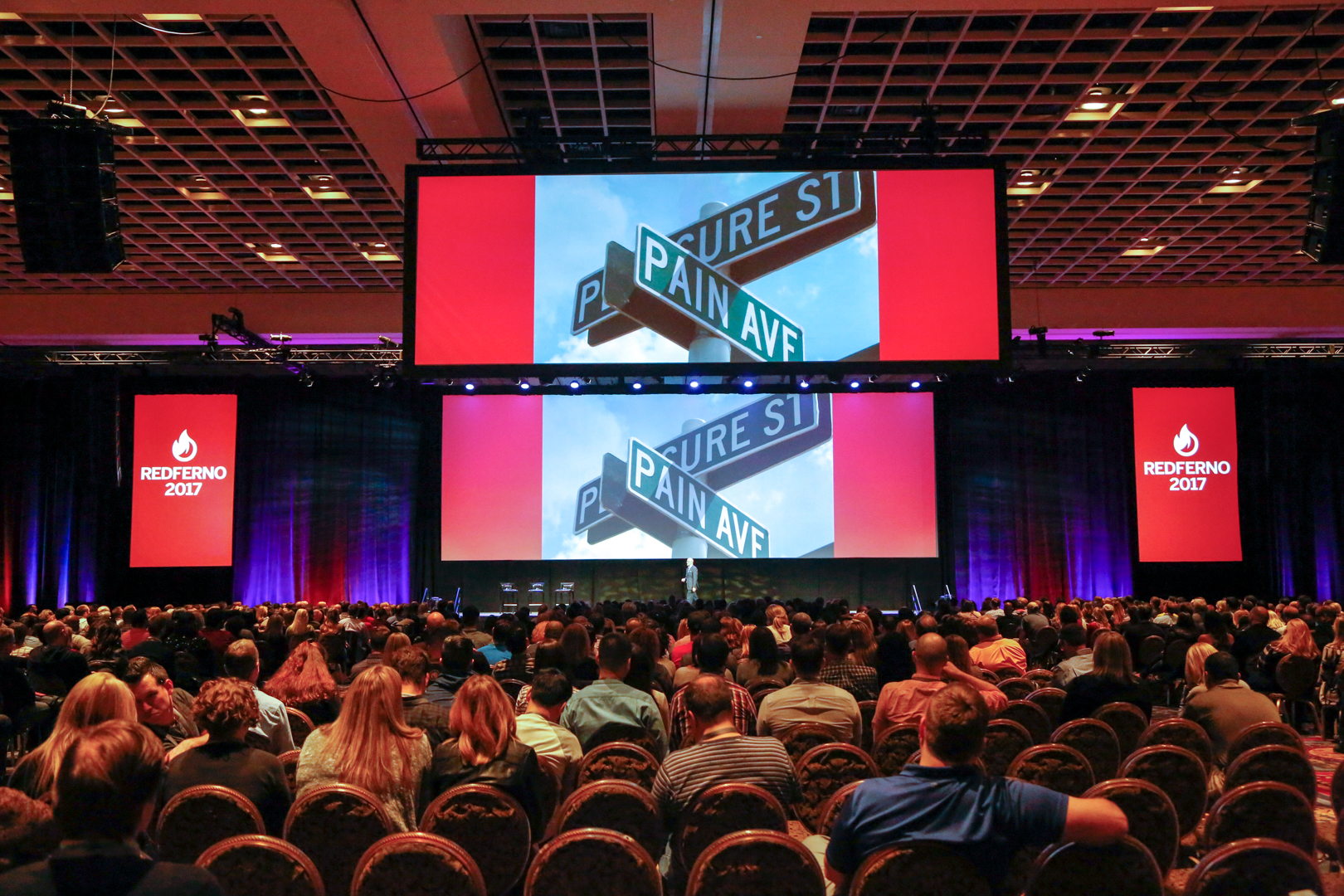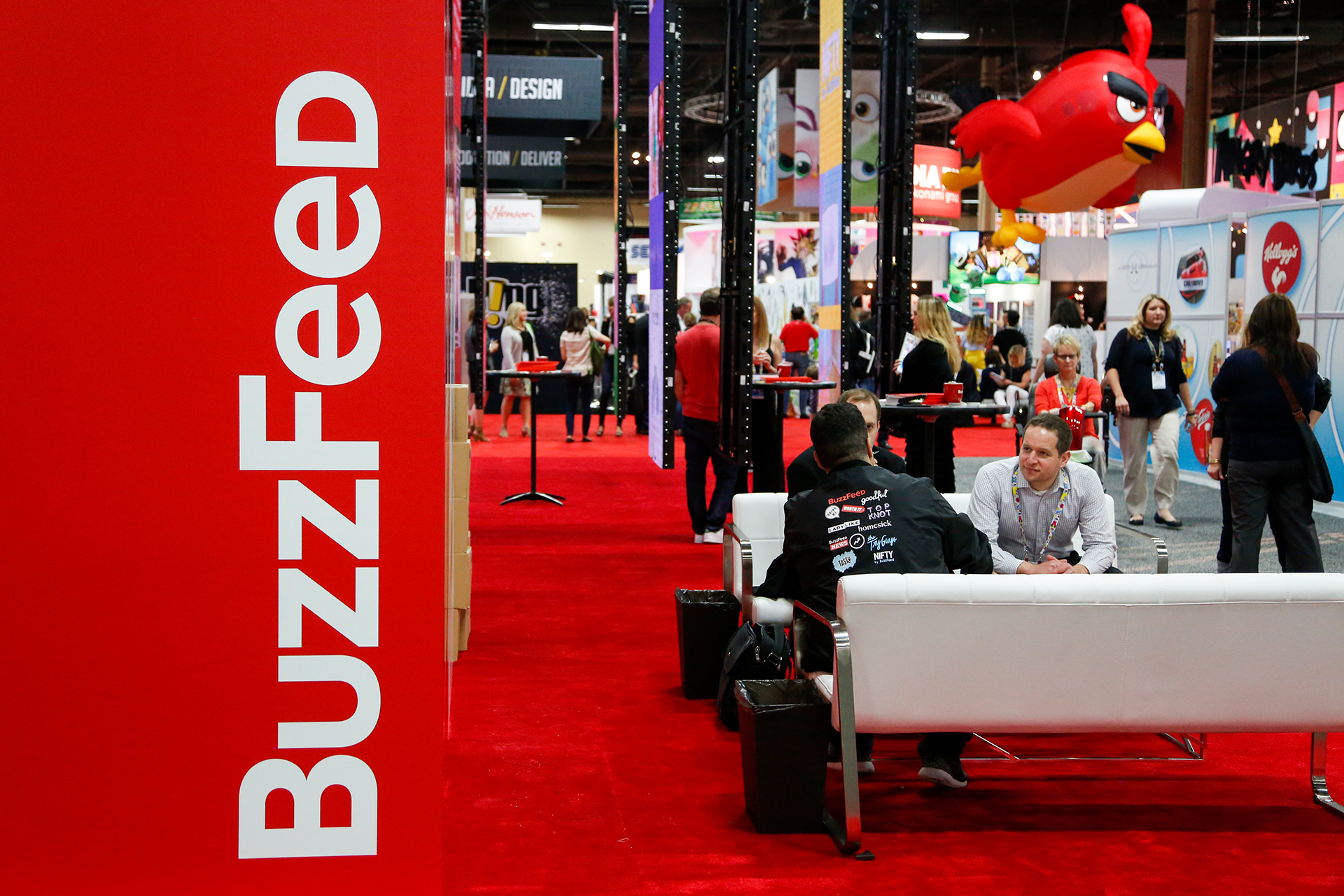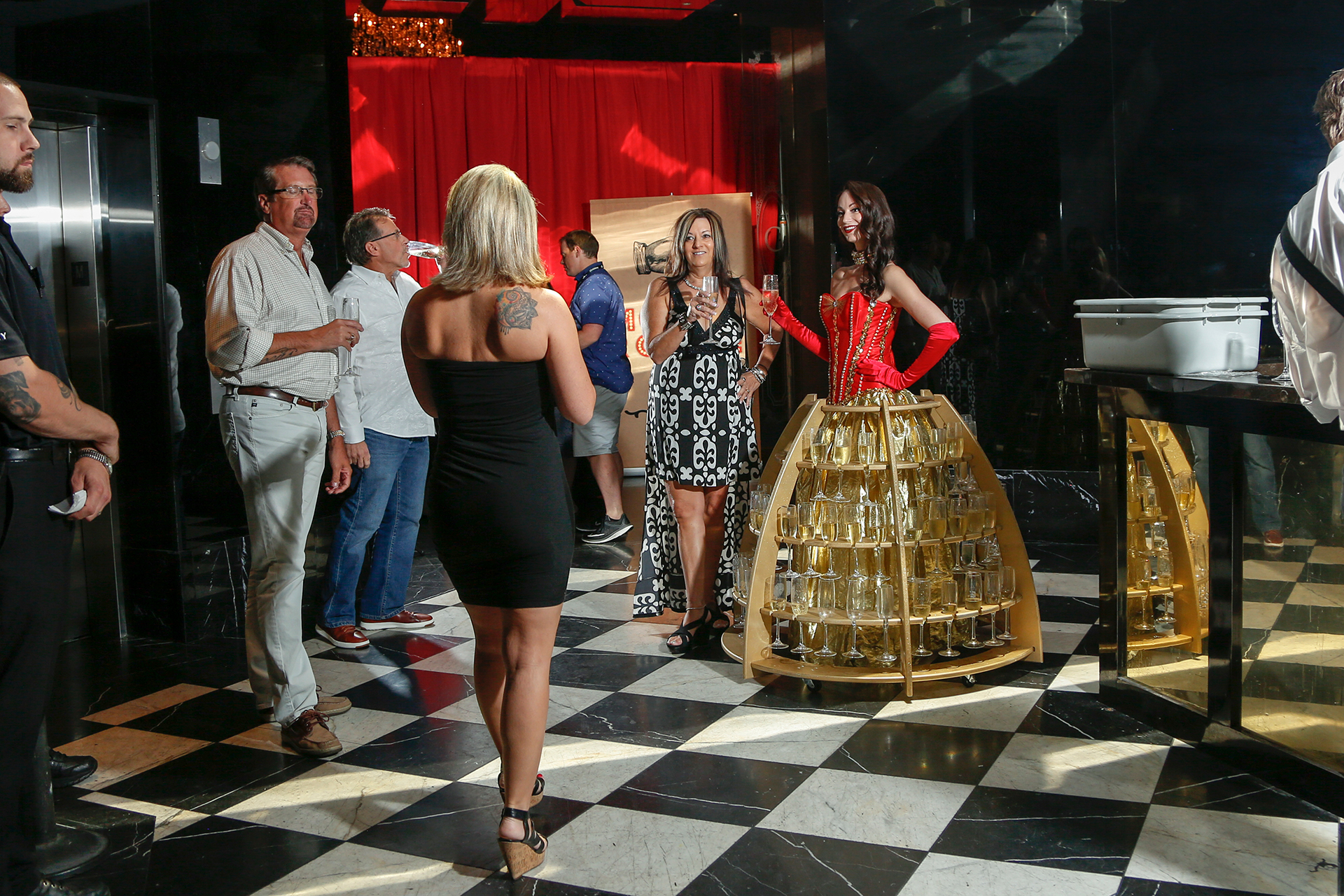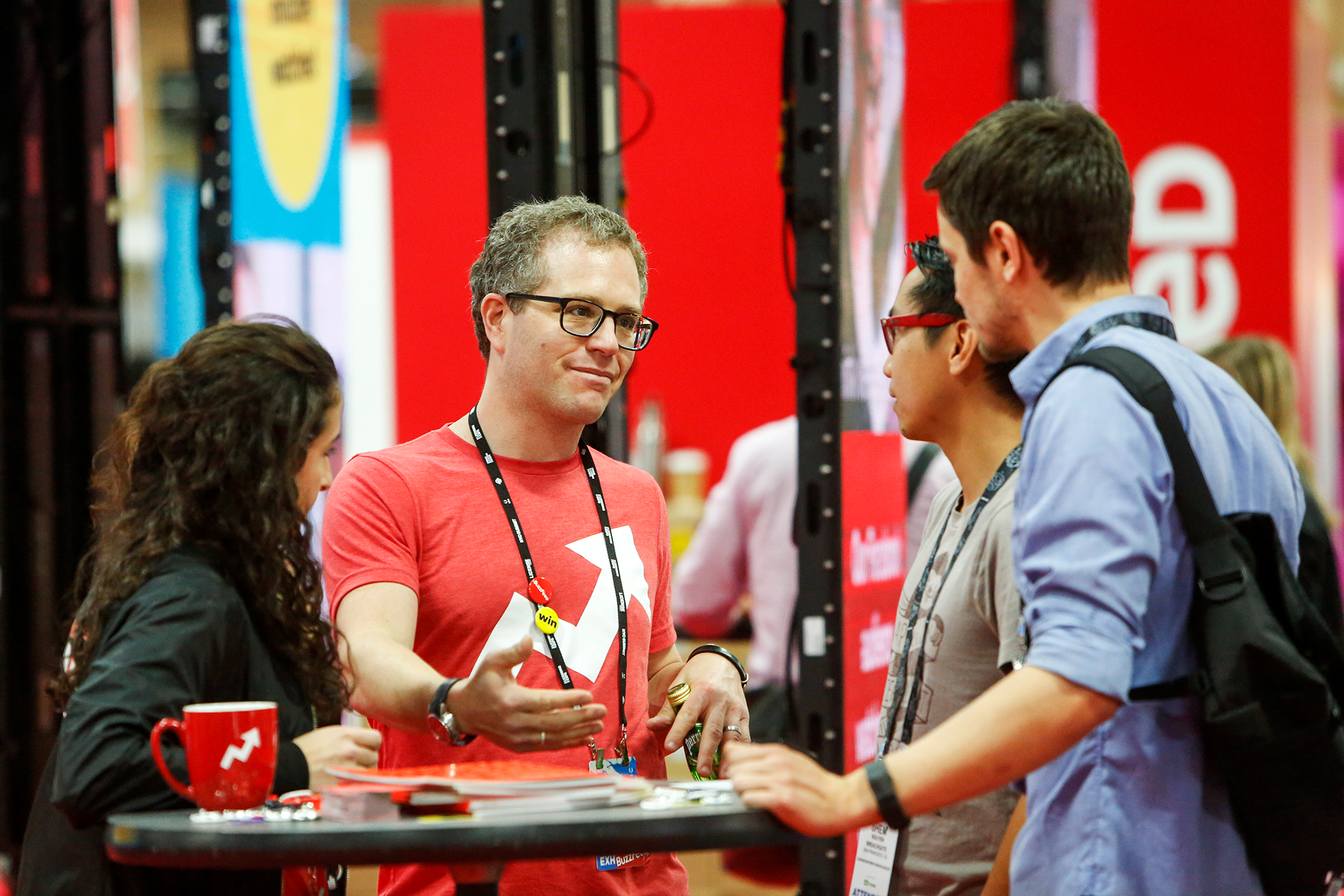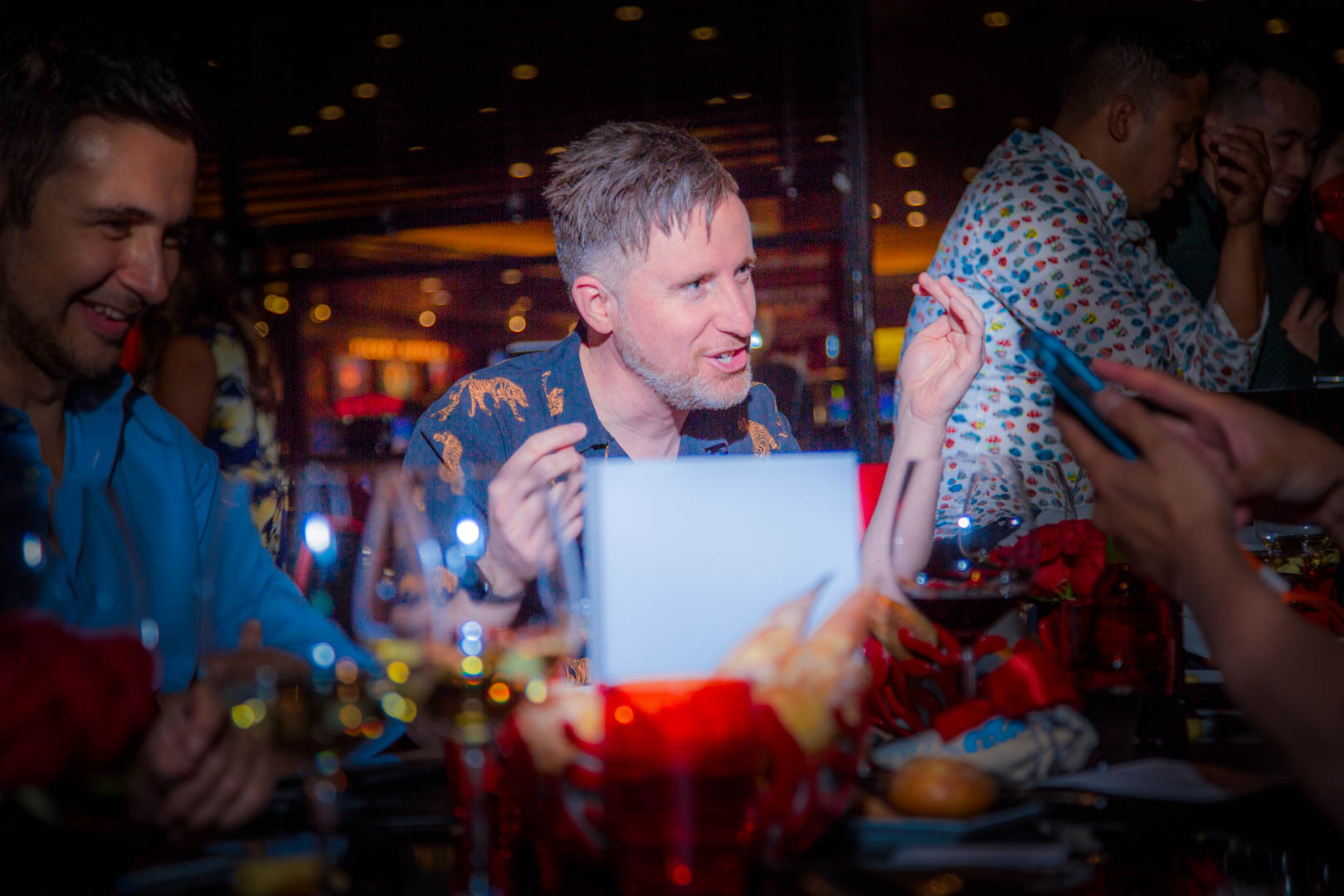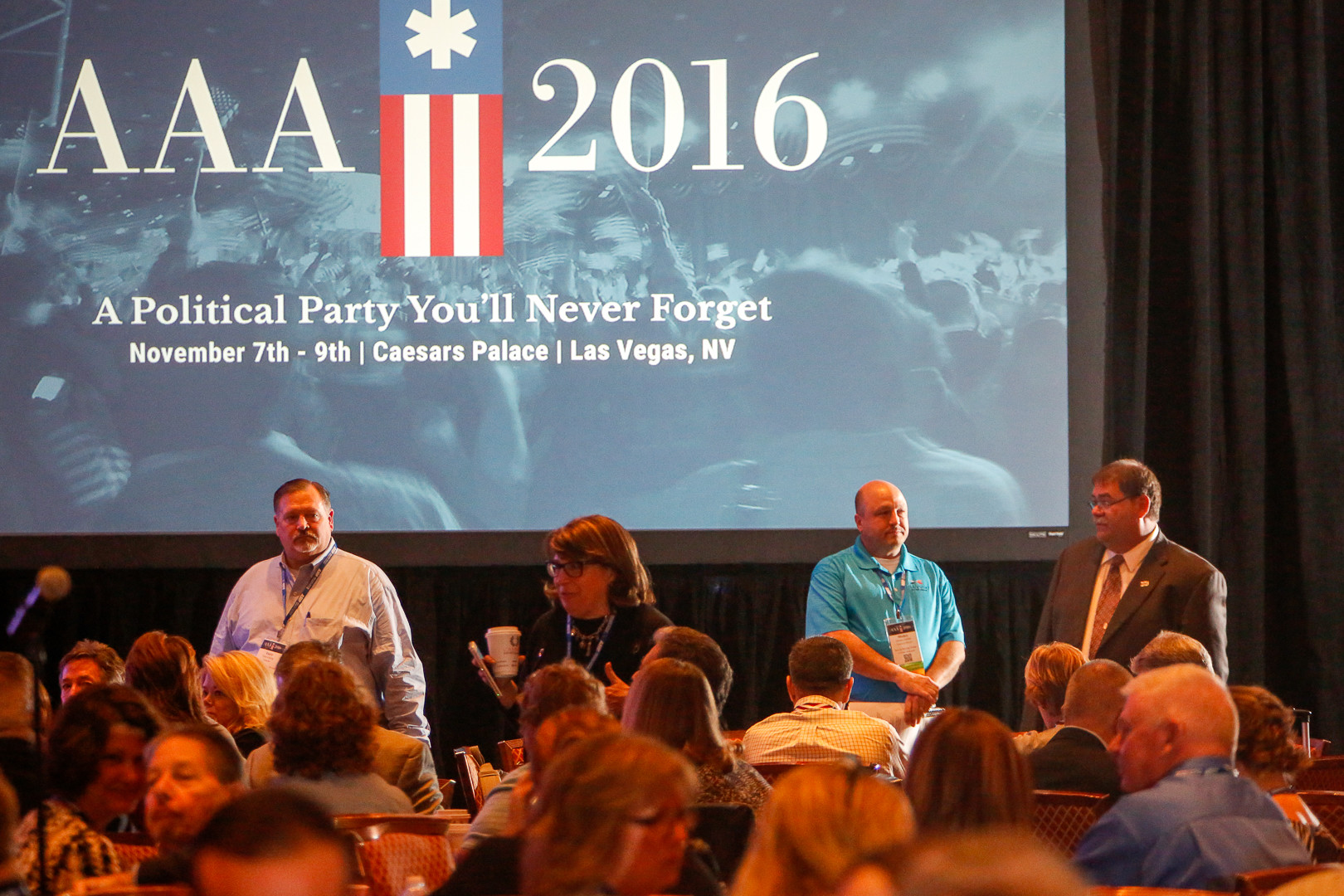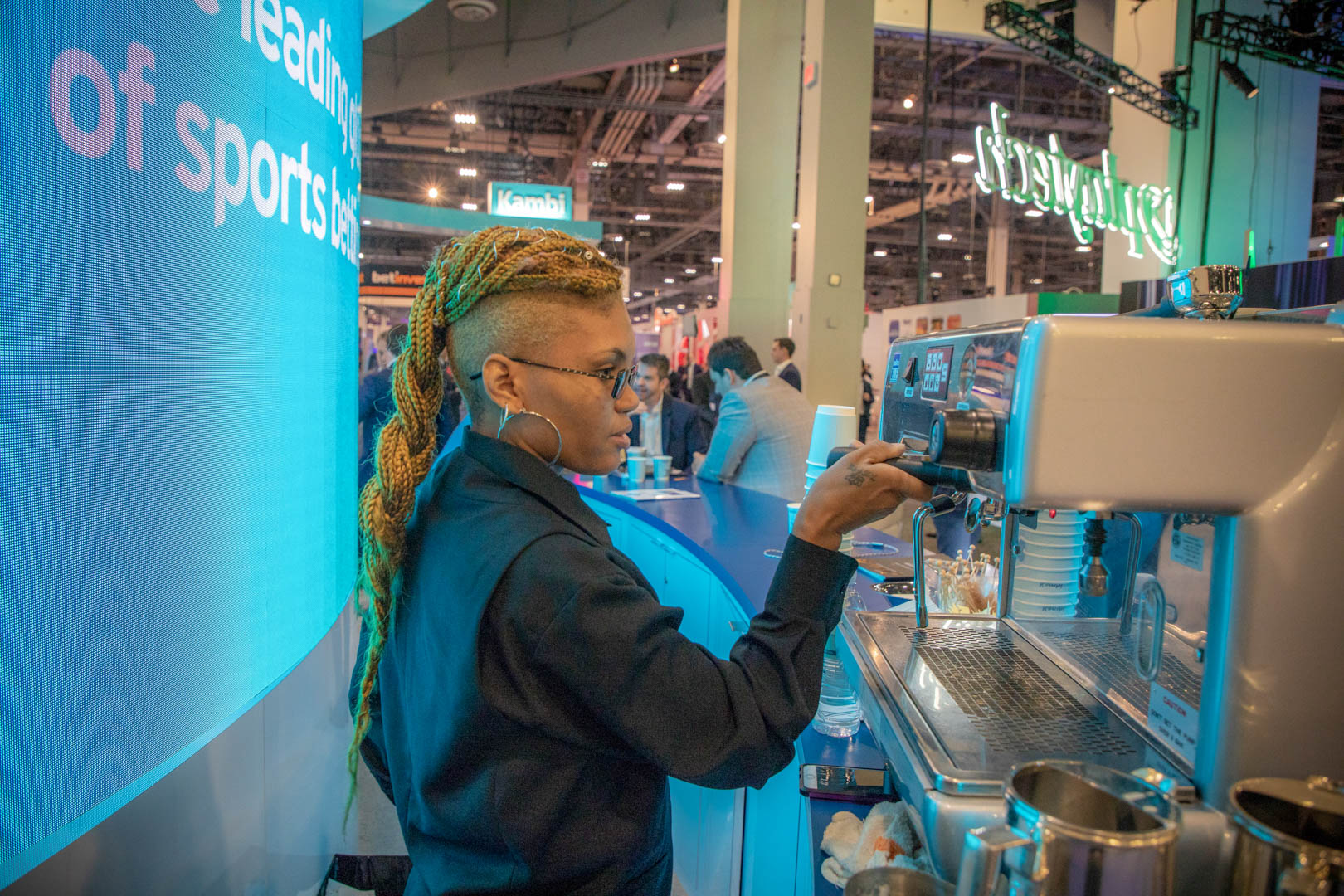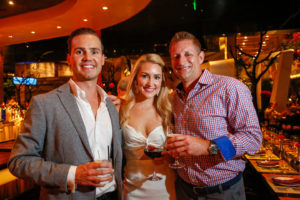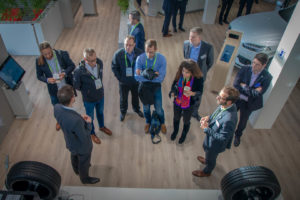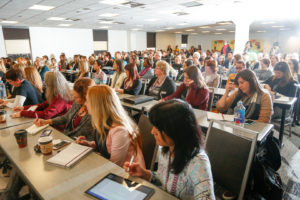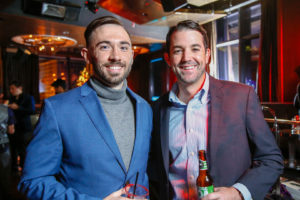Shooting The CES Convention
There are few events bigger for a Las Vegas Tradeshow photographer than CES. CES is a big tech event showcasing over 4,500 different companies and the new technologies they are offering to the world.
The eye-popping array of new technologies is enough to make any Las Vegas tradeshow photographer feel the need to shoot everything in the event, but that could be a critical mistake. After all, the company that hired you probably didn’t ask you to come to the event to shoot everyone else’s stuff. They hired a Las Vegas tradeshow photographer to tell their company’s personal story.
You need to put being a professional Las Vegas tradeshow photographer over your desire to photograph all that fantastic tech, but that doesn’t mean you can’t see everything. Get there early, and do a quick walkthrough of the location. By doing so, you can map out all the places you want to photograph before heading toward your booth.
Chances are you’ll be stuck at that booth and may feel extremely bored, but you can entertain yourself by remembering all the wonderful things you will shoot—once your time at the booth is over. In the meantime, stay focused, and get the shot list your customer requested from their Las Vegas tradeshow photographer.
CES has many wonderful opportunities for a Las Vegas photographer, and the photographers invited to shoot there are some of the luckiest on Earth. If you’re invited to shoot at CES, it’s important to stay professional and stay with your booth the entire time you are being paid to shoot it.
When you present your customers with shots that are exactly what they had in mind, you’ll probably be the photographer they choose to invite to shoot at CES again and get to continue seeing all the amazing technology the future has to look forward to. It pays to be a great Las Vegas photographer, and that means being professional no matter what.
Step into the thrilling world of event photography as we delve into the remarkable experience of shooting at the CES Convention. As thousands of tech enthusiasts, industry leaders, and innovators gather under one roof, capturing the energy and essence of this renowned event requires not only technical skills but also an eye for excellence.
With our expert event photographer, witness the magic of CES unfold through stunning visuals that encapsulate cutting-edge technology, inspiring keynotes, and a dynamic atmosphere. From showcasing the latest gadgets to capturing impactful moments of networking and collaboration, our skilled photographer expertly navigates the crowds to deliver images that truly reflect the spirit of CES.
Through this exclusive behind-the-scenes article, gain insightful tips and tricks from our experienced photographer on how to effectively capture the essence of large-scale events like CES. From equipment recommendations to composition techniques, this article equips aspiring event photographers with invaluable knowledge to excel in their craft.
Join us as we unveil the secrets of shooting the CES Convention and discover how a skilled event photographer can immortalize the excitement and innovation that defines this iconic event.
What is the CES Convention and why is it significant?
The CES Convention, short for Consumer Electronics Show, is an annual trade show that takes place in Las Vegas, Nevada. It is considered one of the largest and most influential technology events globally, attracting industry professionals, innovators, and enthusiasts from around the world. The significance of CES lies in its role as a platform for showcasing groundbreaking technological advancements, providing a glimpse into the future of consumer electronics.
The event serves as a launching pad for new products, from smartphones and wearables to home appliances and automobiles. It also hosts influential keynote speakers, panel discussions, and networking opportunities, making it a hub for industry collaboration and knowledge-sharing. As an event photographer at CES, you have the privilege of capturing the excitement and innovation that defines this iconic event.
The role of an event photographer at the CES Convention
As an event photographer at the CES Convention, your role is crucial in capturing the essence of the event. You are responsible for documenting the key moments, personalities, and products that make CES unique. Your images will not only serve as a visual record but also play a significant role in marketing, public relations, and media coverage.
To excel in this role, you must be prepared to navigate the bustling convention floor, adapt to changing lighting conditions, and showcase the products and experiences in the most flattering way possible. Your photographs should convey the energy, excitement, and innovation that CES is known for. It is your job to tell a visual story that engages viewers and leaves a lasting impression.
Essential equipment for shooting the CES Convention
When shooting the CES Convention, having the right equipment is essential to ensure you capture high-quality images in a variety of situations. Here are some recommendations for equipment that will help you excel as an event photographer at CES:
Camera: Invest in a professional-grade DSLR or mirrorless camera that offers excellent low-light performance and high-resolution capabilities. Look for a camera with a fast autofocus system and a high burst rate to capture fast-paced moments.
Lenses: Carry a versatile set of lenses to cover different focal lengths and shooting scenarios. A wide-angle lens is ideal for capturing the expansive convention floor, while a telephoto lens allows you to zoom in on details and capture candid moments from a distance.
Tripod: Bring a sturdy tripod to ensure stability when shooting in low-light conditions or when capturing long-exposure shots. A tripod also allows you to set up your camera in strategic locations for time-lapse or group shots.
External Flash: While the convention might have ample lighting, an external flash can be useful in situations where additional light is needed to properly illuminate your subject. It also helps in reducing harsh shadows and creating more pleasing lighting.
Remember to pack spare batteries, memory cards, and any other accessories that you might need during the event. It’s always better to be over-prepared than to miss out on capturing important moments.
Tips for capturing the best moments at the CES Convention
Capturing the best moments at the CES Convention requires a combination of technical skills, creativity, and adaptability. Here are some tips to help you make the most of your time at CES and capture stunning images:
Plan and research: Familiarize yourself with the event schedule, locations, and keynote speakers in advance. This will help you identify key moments and plan your shooting strategy accordingly. Researching the products and exhibitors can also give you insight into what to focus on.
Arrive early: Arriving early allows you to scout the venue, set up your equipment, and get a sense of the layout before the crowds arrive. It also allows you to capture behind-the-scenes moments and interactions between exhibitors.
Look for unique angles: With thousands of attendees and exhibitors, it’s important to find unique angles and perspectives that set your images apart. Experiment with different vantage points, shooting from low angles or overhead, to add depth and visual interest to your photographs.
Be aware of lighting: The lighting conditions at CES can vary from bright exhibition halls to dimly lit conference rooms. Familiarize yourself with the different lighting scenarios and adjust your camera settings accordingly. Use natural light whenever possible, but be prepared to use artificial lighting techniques if needed.
Capture the human element: While CES is primarily focused on technology, don’t forget to capture the human element. Look for candid moments of interaction, excitement, and awe on the faces of attendees. These moments add a personal touch to your images and help convey the overall experience of the event.
Shoot in burst mode: With so much happening at CES, it’s important to be ready to capture fast-paced moments. Shooting in burst mode allows you to capture a series of images in quick succession, increasing your chances of capturing the perfect shot.
Remember to take breaks, hydrate, and pace yourself throughout the event. Shooting at CES can be physically demanding, but with the right approach and mindset, you can capture incredible moments that truly reflect the spirit of the convention.
Dealing with challenges and overcoming obstacles as an event photographer
Event photography comes with its fair share of challenges, and shooting the CES Convention is no exception. Here are some common obstacles you may encounter and tips for overcoming them:
Crowds and congestion: CES attracts thousands of attendees, making it challenging to navigate the crowds and find clear shooting opportunities. It’s important to stay patient, be aware of your surroundings, and look for unique angles or less crowded areas to capture your shots.
Changing lighting conditions: CES venues often have a mix of bright exhibition halls, dimly lit conference rooms, and outdoor spaces. Adjusting your camera settings on the fly and being prepared to use artificial lighting techniques will help you overcome the lighting challenges and ensure well-exposed images.
Time constraints: CES is a fast-paced event with schedules and sessions running simultaneously. It’s important to plan your time efficiently, prioritize key moments, and be prepared to adapt to last-minute changes. Having a clear understanding of the event schedule will help you anticipate and plan for important photo opportunities.
Product displays and reflections: With numerous product displays and shiny surfaces, reflections can be a common issue. Pay attention to your composition, and angles, and use polarizing filters to minimize reflections and capture clear images of the products.
Remember, challenges are part of the event photography experience, and overcoming them can lead to some of your most rewarding shots. Stay focused, and adaptable, and maintain a positive mindset throughout the event.
Editing and post-processing techniques for event photography
Once the CES Convention is over, the work of an event photographer is far from finished. The next step is the post-processing and editing of the captured images. Here are some techniques to enhance your event photographs:
Organize and cull: Start by organizing your images and selecting the best shots from the event. Use software like Adobe Lightroom or Capture One to import, rate, and organize your photos. Cull out any duplicates, out-of-focus shots, or images that don’t meet your desired quality standards.
Adjust exposure and white balance: Fine-tune the exposure and white balance of your images to ensure accurate colors and proper exposure. Use the histogram as a guide to avoid overexposed highlights or underexposed shadows. Experiment with different settings to achieve the desired look and feel.
Enhance details and sharpness: Apply selective sharpening techniques to enhance the details in your images. Use tools like the sharpening mask or clarity slider to bring out the finer elements without introducing artifacts or noise.
Correct lens distortions: Depending on the lenses used, there may be some distortion or vignetting present in your images. Use lens correction tools in post-processing software to correct these issues and ensure straight lines and even lighting across the frame.
Apply creative edits: Experiment with different creative edits to give your images a unique look and feel. Adjust the tone curve, apply color grading, or add vignettes to add depth and visual interest to your photographs. However, be mindful of maintaining a natural and authentic representation of the event.
Export and save: Once you are satisfied with the edits, export your images in the appropriate file format and resolution for the intended use. JPEG is commonly used for web and social media, while TIFF or RAW are suitable for printing or further editing if needed. Remember to save a backup of your edited images to ensure their preservation.
Post-processing should be used to enhance the images, not to manipulate or drastically alter the reality of the event. Aim for a balance between artistic expression and maintaining the authenticity of the captured moments.
Showcasing your work and marketing yourself as an event photographer
As an event photographer, showcasing your work and marketing yourself effectively are essential to attracting clients and establishing your reputation. Here are some strategies to help you stand out in the competitive field of event photography:
Create a portfolio: Build a strong portfolio that showcases your best work from the CES Convention and other events you have covered. Curate a selection of images that highlight your ability to capture key moments, emotions, and the unique atmosphere of each event.
Build a professional website: Create a professional website that showcases your portfolio, services, and contact information. Make sure the website is visually appealing, easy to navigate, and optimized for search engines. Include testimonials from satisfied clients to build credibility.
Utilize social media: Leverage social media platforms like Instagram, Facebook, and LinkedIn to share your work, engage with potential clients, and network with industry professionals. Regularly post high-quality images, behind-the-scenes shots, and informative content related to event photography.
Collaborate with influencers and event organizers: Collaborating with influencers or event organizers can help you gain exposure and reach a wider audience. Offer your services for event coverage in exchange for promotion or referrals. Establishing relationships with key players in the industry can open doors to new opportunities.
Attend industry events and network: Attend industry events, conferences, and workshops to network with potential clients and industry professionals. Exchange business cards, engage in meaningful conversations, and showcase your work through physical portfolios or digital presentations. Building a strong network can lead to future collaborations and referrals.
Offer value-added services: Differentiate yourself by offering value-added services such as on-site printing, instant photo sharing, or creating custom albums for clients. These additional services can make you stand out from the competition and provide a unique experience for your clients.
Remember, marketing yourself as an event photographer is an ongoing process. Stay active, continuously improve your skills, and adapt to the evolving needs of the industry to stay ahead of the competition.
Collaborating with clients and delivering the final product
Collaboration with clients is a crucial aspect of event photography. Understanding their needs and delivering the final product that exceeds their expectations is essential for building long-term relationships and securing future projects.
Here are some key steps to follow when collaborating with clients:
Pre-event consultation: Meet with your clients before the event to discuss their requirements, expectations, and specific shots they are looking for. Understand the purpose of the event, the target audience, and any branding guidelines or preferences they have.
Communication and updates: Maintain regular communication with your clients throughout the event, providing them with updates on progress, sharing a selection of images, and addressing any concerns they may have. This ensures that you are aligned with their vision and can make any necessary adjustments during the event.
Timely delivery: Deliver the final product within the agreed-upon timeframe. Ensure that the images are properly organized, edited, and delivered in the specified format and resolution. Provide clear instructions on how the images can be accessed and used by the client.
Follow-up and feedback: After delivering the final product, follow up with your clients to ensure their satisfaction and address any additional requests they may have. Request feedback or testimonials that you can use to further promote your services.
Building strong client relationships is not only important for repeat business but also for generating positive word-of-mouth referrals. Delivering exceptional customer service and going the extra mile for your clients can set you apart from other event photographers.
Conclusion and final thoughts on shooting the CES Convention as an event photographer
Shooting the CES Convention as an event photographer is an exhilarating experience that requires technical expertise, creative vision, and the ability to adapt to changing circumstances. From capturing cutting-edge technology to showcasing the human element, your role is crucial in immortalizing the excitement and innovation that define this iconic event.
By equipping yourself with the right equipment, staying adaptable to challenges, and honing your post-processing skills, you can capture stunning images that truly reflect the spirit of CES. Remember to market yourself effectively, collaborate with clients, and deliver a final product that exceeds expectations.
As you embark on your journey as an event photographer, the CES Convention provides a unique opportunity to showcase your skills and establish your reputation in the industry. Embrace the fast-paced nature of the event, immerse yourself in the energy and innovation, and capture the moments that will leave a lasting impact.
So step into the world of event photography and let the CES Convention be your canvas. With your technical prowess and creative flair, you have the power to capture the magic and excitement that defines this iconic event.
Call or text 702-530-4384 or email us at info@christianpurdie.com to book your Las Vegas photography session.

